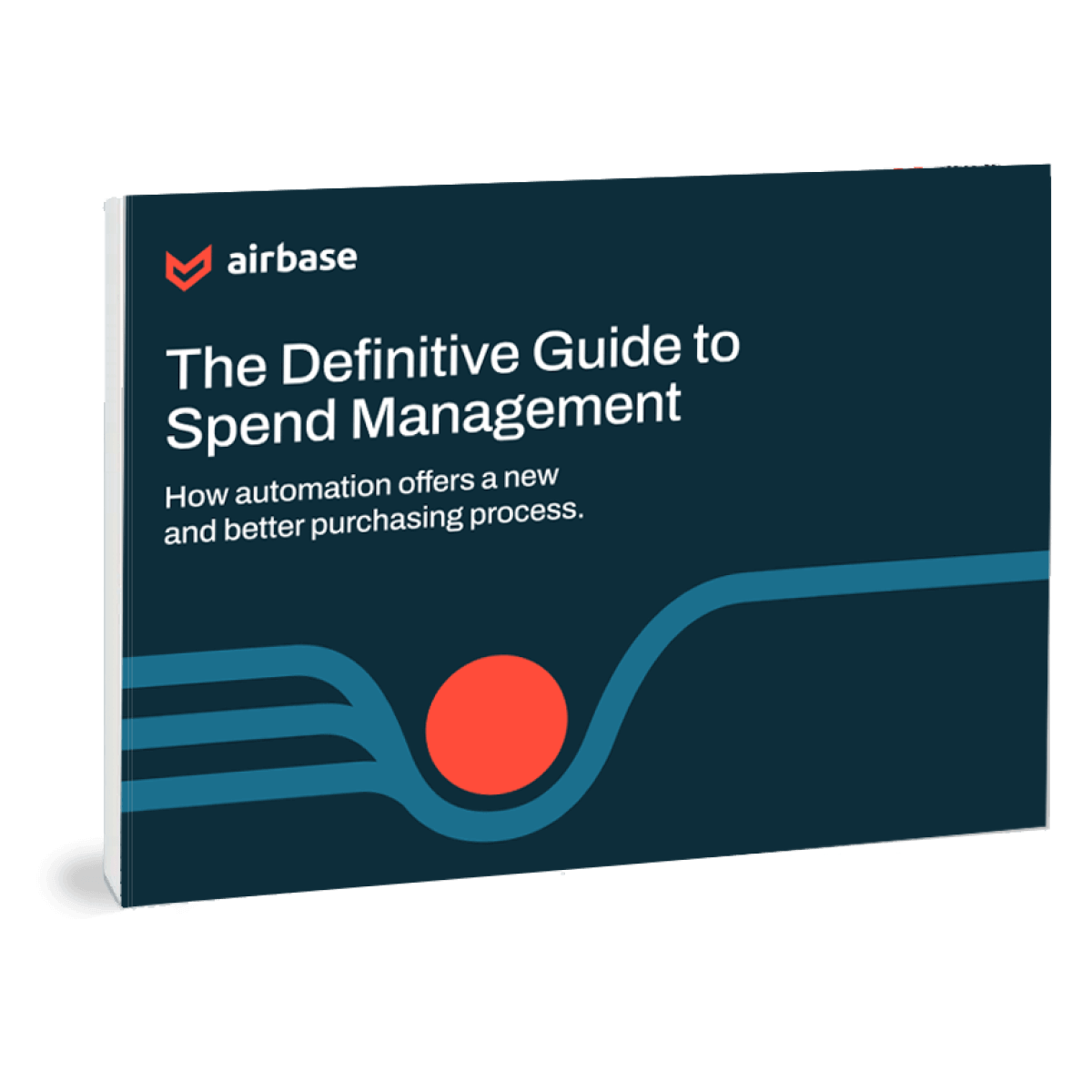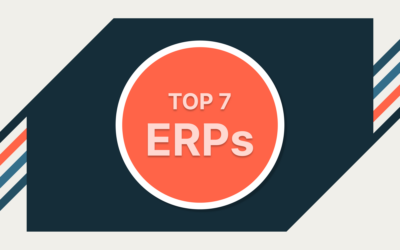Companies are projected to spend almost half of their IT budget on SaaS software by 2026 — that’s 2.5x more than three years ago.
This projection from Gartner makes sense, considering how easy it is to demo, procure, and install SaaS apps today compared to legacy (offline) systems. Ease of use means quick adoption, so efficiency gains are realized sooner, and the company machine operates better. But at what cost? To answer that, you track and analyze SaaS expenditure, then add controls to optimize how much you spend based on:
- Usage: Do employees actually use the app?
- Duplication: Are there apps where functionality overlaps?
- Unrevoked licenses: Do employees who left the company still use the app?
- Enterprise discounts: Are there enough single users to take advantage of group rates?
Optimization is key here since the lag associated with procurement, installation, and training has shortened from weeks to days. With SaaS, companies access scalable, versatile solutions without the heavy upfront cost of traditional software purchases. But businesses that depend on multiple SaaS solutions — and spend too much unnecessarily — will notice those services cutting into profits. Enter SaaS spend management: organizations that consolidate their SaaS portfolios without impacting operations (or sacrificing value) find a cost-effective balance.
TL;DR: Spending on SaaS is easy; managing SaaS overspending is the challenge. Here are some ways to reduce SaaS sprawl, spend less, and gain better:
- Visibility.
- Operational efficiency.
- Resource allocation.
- ROI.
SaaS spend management fosters a cost-conscious culture and turns SaaS investment into a competitive advantage, driving growth and innovation.
What is SaaS spend management?
SaaS spend management controls overspending on programs that run your business. The management part optimizes and streamlines SaaS expenses to:
- Reduce cost.
- Eliminate wasteful spending.
- Maximize the value of SaaS investments.
Key components of SaaS spend management.
SaaS spend management analyzes software use, procurement, and costs, resulting in four improvements:
1. Visibility and control:
SaaS spend management puts a lens on all SaaS subscriptions across the organization. This transparency identifies services that are:
- Unused.
- Underused.
- Redundantly deployed (more than one application does the same thing).
An effective SaaS spend management platform gives decision-makers dashboards with reports that highlight use patterns and associated costs.
2. Cost management:
The total cost of ownership (TCO) of SaaS applications includes direct costs like subscription fees and indirect costs such as:
- Implementation.
- Support.
- Impact on IT resources.
With TCO transparency, companies can make informed decisions about renewing, canceling, or scaling SaaS software based on actual usage and ROI.
Standardize pre-approvals before software is acquired or renewed to prevent ad-hoc SaaS purchases.
3. Procurement and renewal processes:
SaaS investments should always align with business needs and compliance standards. Standardizing how applications are acquired and renewed prevents ad hoc SaaS purchases by requiring pre-approval.
4. License and subscription optimization:
Significantly reduce spending by:
- Reviewing SaaS licenses to match actual usage.
- Renegotiating contracts with vendors based on usage statistics.
- Consolidating licenses.
- Eliminating SaaS products that no longer add sufficient value
The role of SaaS spend management platforms.
A SaaS spend management platform comes with tools that make it easy to manage SaaS spend by automating administrative tasks:
Inventory management:
Maintaining an up-to-date inventory of all SaaS applications makes renewals easy. It also identifies which SaaS apps shouldn’t be renewed. Often, businesses discover that they’re paying for multiple disparate services to achieve the same capabilities they could get from just one or two comprehensive solutions.
Spend tracking:
A SaaS spend management platform tracks software spending against the budget in real time, alerting managers to potential overruns.
Performance analysis:
Spend management software measures application usage and effectiveness, so managers see the business impact of each solution and adjust the SaaS stack accordingly.
Contract management:
Enhanced contract management features simplify vendor tracking for:
- Terms.
- Conditions.
- Renewal dates.
Visibility here makes it easier to negotiate favorable terms.
Integrating SaaS expense management into financial planning optimizes cost, operations, resource allocation, and the culture of spending in a company — analytics make it easy for companies to weed their tech stack as needs change.
Strategic benefits:
Implementing a SaaS spend management tool and processes creates benefits beyond cost savings, including:
Increased agility:
By maintaining a lean and purpose-driven SaaS stack, companies adapt quickly to changing market conditions and tech advancements.
Enhanced collaboration:
Centralized SaaS applications make it easy for departments to access tools — and see what tools overlap. Clear visibility leads to better collaboration, workflows, and an integrated system that works.
Compliance and security:
Effective spend management enforces internal policies and external regulation compliance. Controlling unauthorized SaaS tools minimizes security risks.
SaaS tools that integrate seamlessly with workflows reduce existing frictions, creating a productivity win for operations.
Importance of effective SaaS spend management.
Managing software expenses impacts financial performance. Integrating SaaS expense management into financial planning optimizes cost, operations, resource allocation, and the culture of spending in a company — analytics make it easy for companies to weed their tech stack as needs change:
Control costs to improve financial performance.
Minimizing SaaS costs positively affects profitability and enhances the return on investment. Auditing existing SaaS tools eliminates under-utilized or redundant subscriptions and puts a focus on where it makes sense to negotiate better terms based on usage data.
After centralizing purchasing systems, businesses take advantage of bulk discounts and improve the management of renewal terms, turning sporadic spending into planned investments. This strategy controls costs and aligns SaaS spending with business outcomes, aligning every dollar spent with expense objectives.
Improve operations with the right SaaS tools.
SaaS tools that integrate seamlessly with workflows reduce existing frictions, creating a productivity win for operations. For instance, integrating a CRM system with the sales team’s existing email platform reduces manual data entry and improves data accuracy.
Allocate resources.
Managing resources gives financial leaders a clear overview of current and projected SaaS expenses along with insight into how to better align investments with business priorities, such as expanding into new markets or developing new products.
Companies shift from a CapEx-heavy technology investment model to a more predictable and scalable OpEx model. As a result, they enjoy greater flexibility when it comes to managing financial resources.
Detailed SaaS expense tracking aligns the budget with actual usage and business value, enhancing the overall financial health of the organization.
Building a cost-conscious company culture.
Through effective SaaS expense management, organizations create a more cost-conscious culture. By educating team members about the financial impact of their SaaS tool choices and encouraging responsible spending behaviors, business leaders foster a culture that prioritizes fiscal responsibility at all levels.
Involving employees in the decision-making process and demonstrating the benefits of cost efficiency creates a sense of ownership and accountability. Additionally, implementing recognition programs that reward departments or teams for successful cost-saving initiatives reinforces the cost-consciousness of the company ethos.

The Definitive Guide to Spend Management
See how automation offers a better purchasing process.
Strategy for smart SaaS spend management.
It’s time to take control of SaaS spending and achieve better financial outcomes.
Smart selection of SaaS solutions.
The process starts by understanding long-term technology needs and business goals. Leaders filter their current tech stack, identifying which SaaS contracts they actually need based on future priorities.
Evaluate SaaS tools based on:
- The vendor’s reputation.
- Features.
- Ability to scale.
- How easy it is to integrate them with other systems
- Security compliance.
- Customer support.
- Service agreement flexibility.
Engage stakeholders from different departments to select SaaS tools that meet their needs, enhancing overall satisfaction and ROI.
Managing SaaS renewals.
Monitor renewals to prevent the automatic rollover of SaaS contracts that no longer serve the company’s best interests.
Conduct a cost-benefit review well before the renewal date. Gather feedback from users to evaluate the relevance and effectiveness of each SaaS tool.
At renewal, renegotiate terms based on current needs, potentially leading to lower subscription costs or better service conditions.
Engage stakeholders from different departments to select SaaS tools that meet their needs, enhancing overall satisfaction and ROI.
Schedule a demo
Learn how Airbase can transform your entire purchasing process.
Tracking SaaS investment returns.
Track returns from SaaS expenses by monitoring how each tool contributes to business objectives.
What SaaS tools are high performers worth further investment?
What SaaS tools are ineffective or hardly used and should be phased out?
Key performance indicators might include:
- User engagement.
- Efficiency gains.
- Impact on revenue growth.
Feed SaaS usage data into broader business intelligence to unlock even more ROI opportunities.
Regular SaaS inventory checks.
Maintain an optimized portfolio of software subscriptions by regularly assessing SaaS inventory. Audit all current SaaS subscriptions to verify their necessity.
Remove unused, underused, and redundant applications to avoid wasteful spending. This process should be part of a broader IT governance framework that ensures all software purchases are justified and beneficial to the business.
Investing in SaaS spend management software.
Invest in specialized SaaS spend management software to take advantage of spending analyses, utilization reports, and renewal management — data that company leaders need to make data-driven decisions about their SaaS portfolio.
Automating SaaS management saves time, improves accuracy, and reduces the likelihood of expensive oversights or errors.
Benchmark SaaS usage.
What does your industry spend on SaaS?
Compare your SaaS usage to industry standards and best practices to improve your competitive position.
Benchmarking highlights:
- Inefficiencies.
- Areas for cost reduction.
- Where you should invest in tech.
- Transparency here creates a competitive edge in the market.
Forecasting SaaS requirements.
Forecasting future requirements ensures that a company’s SaaS ecosystem evolves in step with its growth. By analyzing future business scenarios, business leaders determine what types of SaaS solutions will be necessary to support projected needs.
Regularly updating these forecasts as the business environment changes prevents overspending on unnecessary tools and last-minute acquisition of expensive solutions. Budget optimization and strategic IT planning align tech spending with business objectives.
Recognition programs reward teams for successful cost-saving initiatives, reinforcing cost-consciousness in the company ethos.
Develop a SaaS governance plan.
A comprehensive SaaS governance plan establishes policies and procedures that dictate how SaaS tools are selected, used, managed, and retired within an organization. This plan guides SaaS procurement, usage standards, compliance requirements, and performance metrics.
It should also involve regular reviews and updates to adapt to new tech advancements and changing business needs. A robust SaaS governance plan ensures that all software investments are aligned with the organization’s overall strategy and contribute positively to operational efficiency and compliance.
Optimize efficiency and cut costs with effective SaaS spend management.
Managing SaaS spending maximizes the value of software investments while maintaining agility. A comprehensive SaaS spend strategy creates cost savings, enhances operational efficiency, fosters a cost-conscious culture, and allocates resources effectively.
The right SaaS spend management tools improve overall performance and turns SaaS investment into a competitive advantage, driving growth and innovation.
Find out how Airbase can help!
 Jira Integration – Streamline Your Workflows
Jira Integration – Streamline Your Workflows  Ironclad Integration – Simplify Legal Operations
Ironclad Integration – Simplify Legal Operations  Asana
Asana 




